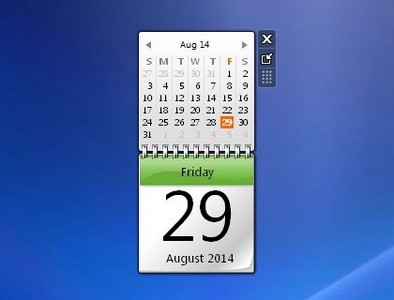

Next: click on Advanced, Now, check mark the 1st & 2nd items. Next: click on General, then check mark the 1st, 3rd, & 4th items only. You may have to reboot into the SSD/HD again before you can configure the app.Ġ5 Go to the upper menu bar to the stylized i.
#Gfxcardstatus windows 7 install
You can connect to an iMac or other Mac Desktop as well.Ġ3 Boot into the SSD/HD that was taken from the failing 2011 MBP.Ġ4 Install gfxCardStatus 2.1 into the bootable SSD/HD that was taken from failing 2011 MBP. Or, with the SSD/HD still inside the errant 2011 MBP connect it to a working 2011 MBP via FireWire or Thunderbolt cable, using Target Disk Mode. Either remove it from the MBP, and USB it to another working 2011 MacBook Pro.
#Gfxcardstatus windows 7 download
You may download the file from my DropBox site here: (Click on the DOWNLOAD Button on the upper right side of the screen.) Ġ2 About the SSD/HD in the failing 2011 MBP. On a working Mac, download GFXCardStatus version 2.1. For the “Work-A-Round” to consistently work, SIP needs to remain inactive.Ġ1 Get the software. Launch the Terminal from the upper menu bar. Hold down Command-R key combinations on the keyboard immediately after pressing the power button to turn on the MBP, or immediately after the MBP begins to restart. SIP protects files, directories, and processes at the root level from being modified.) To disable SIP, Boot into the Recovery Drive. (Apple says, SIP stands for System Integrity Protection (SIP). I recommend you replace the battery before undertaking this project.Ġ0 SIP must be disabled before making the changes noted below. If your MBP has been “down” for some time due to this problem, there is a chance the internal battery is either drained completely, or will otherwise not function as a “good working Battery.” A battery in this condition, will not allow your MBP to boot up, even if the AC Adapter is connected and plugged in. ASSUMING THE DUAL GFX CARD IS IN FACT YOUR MBP’S ISSUE, properly done, your MBP will boot normally using the Integrated GPU and run quite well. Once configured, reboot the computer.īe patient. Once in, open the app and configure it per directions found later in this document. Once installed, boot the computer in safe mode (this assumes the Discrete GPU has already failed), this boots the Integrated GPU. The 13" Model is not affected by this problem. This applies to the 15 or 17 inch model, created early or late in 2011. Install an application (App) called GFXCardStatus, Version 2.1 into your 2011 MacBook Pro's Application Folder. SIP must be disabled before making the changes noted below. This work around does not involve running Linux, or Windows. It also turns off the GPU automatic switching capability. The “Discrete GPU” is what has or will fail. This procedure if successfully implemented forces the “Integrated Only GPU” into operation, and does not allow the “Discrete GPU” to function. I will ask over at FreeMind what can be done.I have found and tested a successful work-a-round, for 2011 MacBook Pros with the known Dual Graphics Processor failure problem. As soon as you want to open/create a new file, the creation of a window fails: Short flash and the main menu (the application stub I guess) re-renders shortly. But you then only see the main menu (the application stub I guess).

You see the startup dialog ("Freemind 1.0.1": Initializing this, that, bla bla) until the app is ready. Removing JVMRuntime=jdk1.7.0_45.jdk starts the app with the iGPU indeed but then does not work. Jdiskreport 1.4.1: After having added NSSupportsAutomaticGraphicsSwitching=TRUE to the ist it then launches with the internal GPU and functions normally!įreeMind 1.0.1: ist was shipped with NSSupportsAutomaticGraphicsSwitching=TRUE and NSHighResolutionCapable=TRUE. Setting NSSupportsAutomaticGraphicsSwitching to TRUE indeed prevents the enforced use of discrete GPU usage! But not for all Java apps! I tested these:
#Gfxcardstatus windows 7 update
Update as of : The newest generally available macOS + Java today is: Unfortunately this option is not included in the standard JVM distribution from Oracle. Otherwise the system uses the discrete graphics by default.

This gives a Java application the power of using the integrated card. There is a special option which has to be specified in the ist file of the launcher of the application: NSSupportsAutomaticGraphicsSwitching


 0 kommentar(er)
0 kommentar(er)
